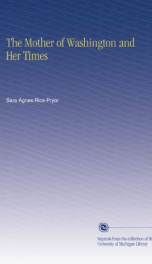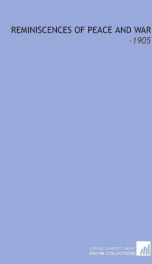the colonels story

Purchase of this book includes free trial access to www.million-books.com where you can read more than a million books for free. This is an OCR edition with typos. Excerpt from book: CHAPTER III Berkeley Castle, now the residence of Dr. Charles Berkeley, had been built by an immigrant from the English family of Berkeley, who gave his Western home the name of the famous old Norman fortress and baronial hall on the banks of the Severn, known to be haunted by the ghost of a murdered king. "Castle" was not considered an eccentric or over ambitious name for the home of a Virginia planter was not "every man's house his castle ?" nor must the house thus honoured be of necessity a pretentious one. A plain one-and-a-half-story, dormer-windowed, frame dwelling in a neighbouring county was known as "The Castle." Then there was "Bacon's Castle," and "Castle Hill" neither conspicuous for architectural claims to distinction. Dr. Berkeley's home was a large substantial building of brick, with a pillared portico, to which, on either side, rooms had been added as the Berkeleys had needed additional lodging for friends and relatives. A fine avenue of poplars led from the mainroad to Berkeley Castle; Lombardy poplars, "the tree, let them say what they will, most fitting to surround a gentleman's mansion." Chiselled on the gate-post at the entrance to the grounds were the arms of the good Lord Thomas Berkeley, who is "commended in our histories for his civil usage of King Edward the Second when prisoner in Berkeley Castle." Time had not yet obliterated the pious motto, "Dieu avec nous," nor the "ten crosses pattee" commemorative of the services of the family in the Holy War. Ten times had the Knights of Berkeley, with that motto on their lips as their battle-cry, quitted themselves like men in deadly conflict under the banner of the Cross, ten times had their king rewarded them by granting the Holy Emblem upon their own shield. The story was told to the generati...
Users who have this book
Users who want this book
What readers are saying
What do you think? Write your own comment on this book!
write a commentGenre
if you like the colonels story try:
Other books by this author
Do you want to exchange books? It’s EASY!
Get registered and find other users who want to give their favourite books to good hands!





